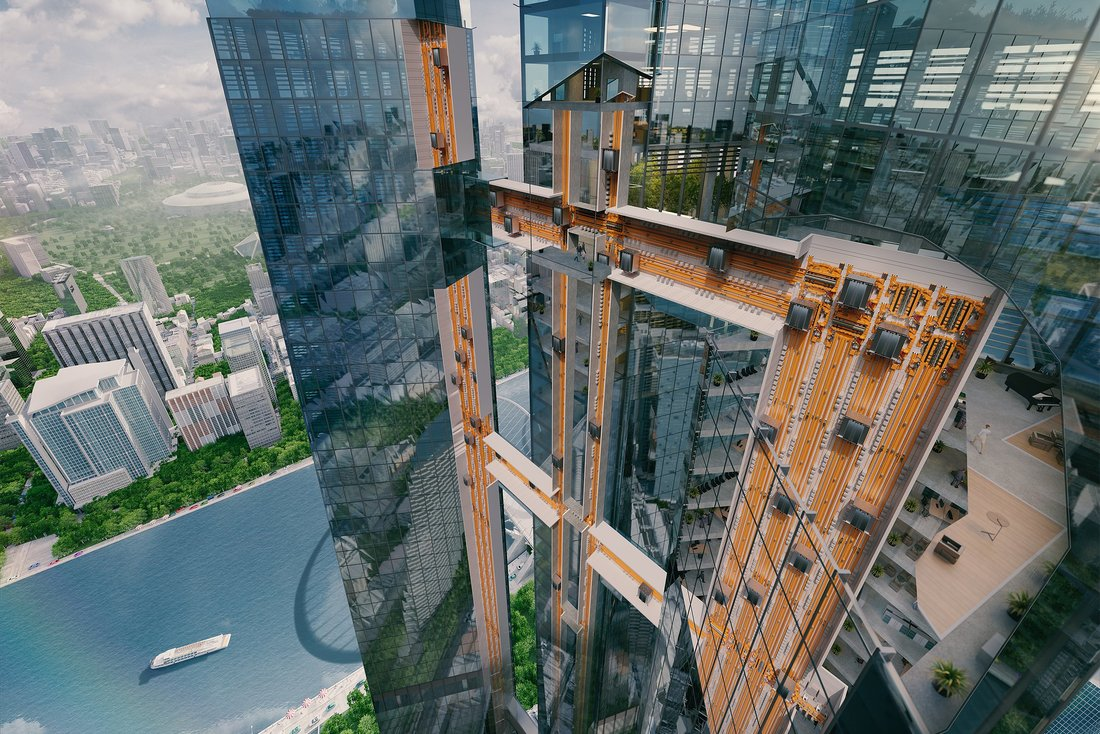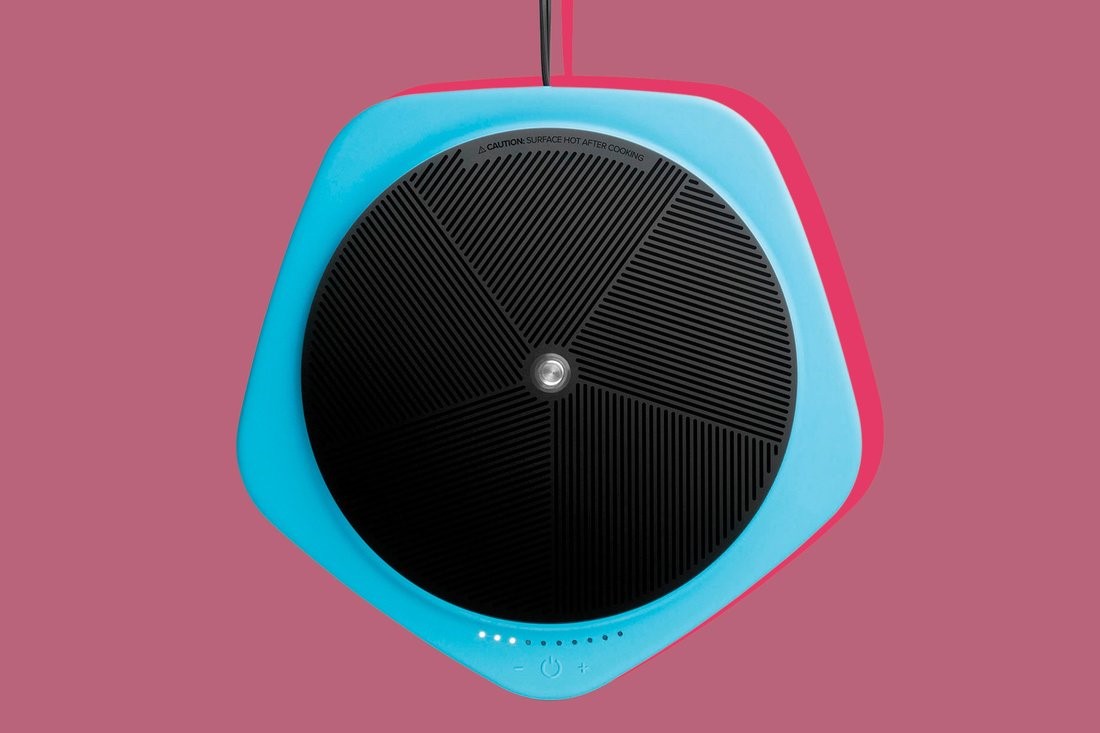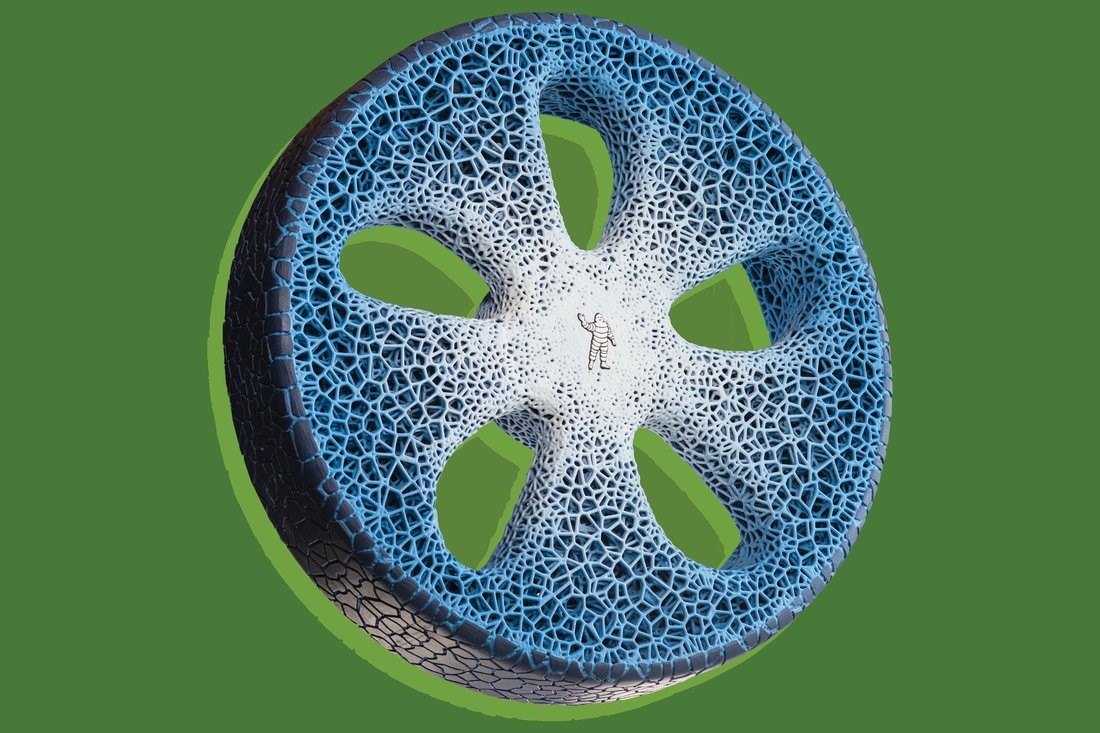Inventions of 2017

Elevators That Move Beyond Up and Down
Thyssenkrupp MULTI
What if elevators could move sideways, instead of just up and down? It’s a question straight out of Charlie and the Chocolate Factory, and Germany-based Thyssenkrupp has a real-life answer: MULTI, a system of elevators that ditches old-school pulleys for the same magnetic levitation tech that enables high-speed trains. The elevator cars can travel in multiple directions and even pass each other within a shaft—features that could not only reduce wait times, but also fundamentally “change how buildings are constructed,” says Andreas Schierenbeck, CEO of Thyssenkrupp Elevator. (Think horizontal offshoots of straight, vertical towers.) Following a successful test this year, the first MULTI is set to debut in Berlin by 2021.

Tasty One Top
Tasty One Top, an induction cooktop that syncs with the Tasty smartphone app to guide would-be chefs through different recipes. A built-in sensor and companion thermometer track temperature, so the app can tell users when to flip a steak, for example, to make sure it’s medium rare. Other companies, such as FirstBuild, Hestan and Pantelligent, have launched similar products in recent years. Tasty’s advantage is its already robust arsenal of recipes, spanning everything from cheeseburger onion rings to ice cream churro bowls. Both those recipes require deep frying, which “freaks a lot of people out,” says Kaufman. But having an appliance that makes it “easy and predictable,”he adds, should empower them to try.

Michelin Vision Concept
In the future, our cars will be smart, and our tires will be smarter. Or so suggests Michelin. Its Vision concept—unveiled this year to demonstrate the potential of tire technology—certainly makes a compelling case. For starters, it’s airless, eliminating the need to worry about pounds per square inch. It’s also made from recycled materials in an effort to reduce waste. But the most impressive feature may be its 3D-printed treads, which can be swapped in and out to accommodate various road conditions—without changing the tire itself. The challenge will be figuring out a way to do it quickly, says Terry Gettys, who helped lead the project, “because consumers are going to want their tires [ready to go] in just a few minutes.” Michelin estimates that a tire this advanced may still be as far as 20 years away. But some of its features, like airless designs and sensors that flag drivers when treads are wearing down, could become mainstream over the next several years.
BASED ON AN ARTICLE BY TIME STAFF